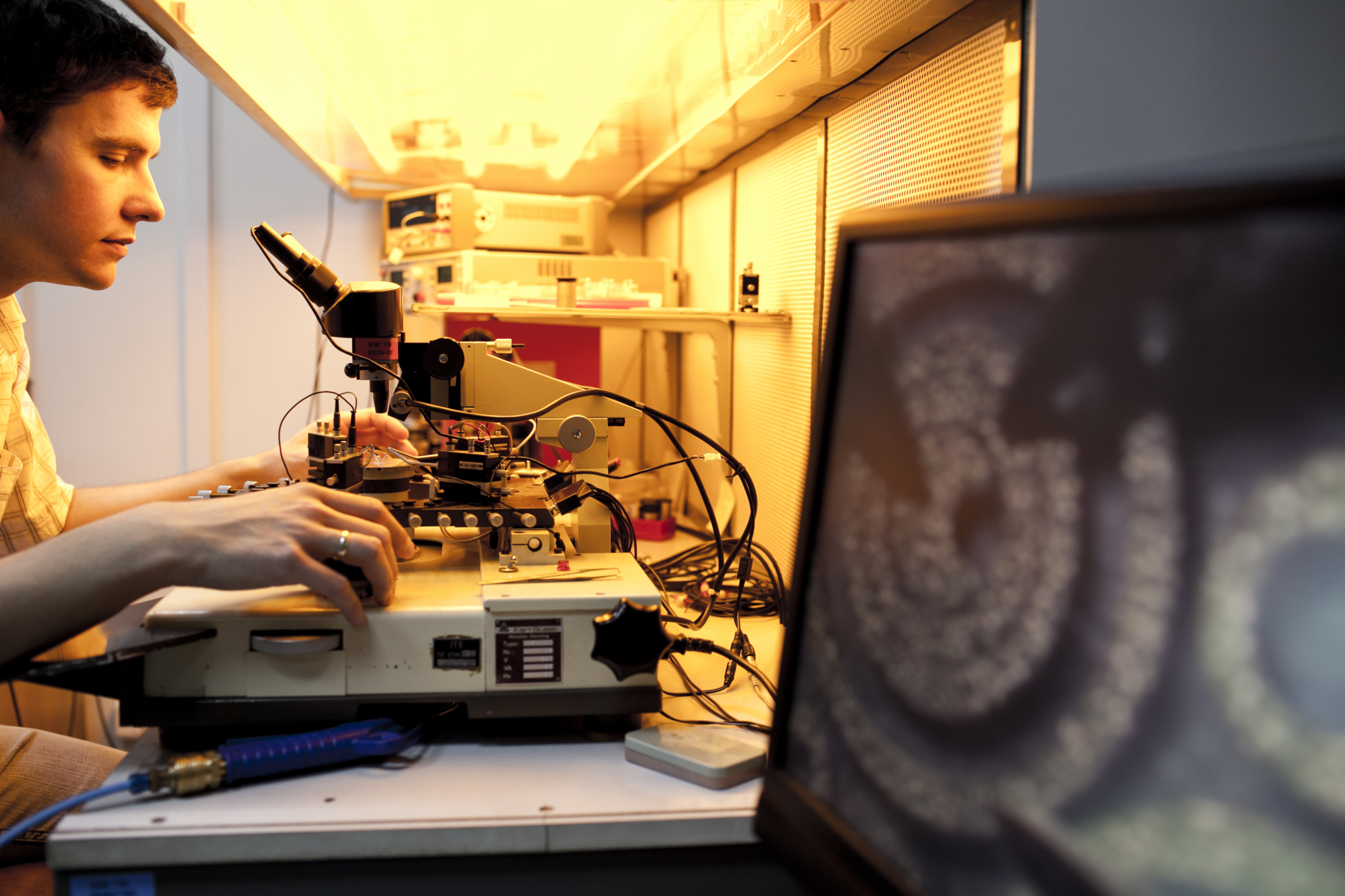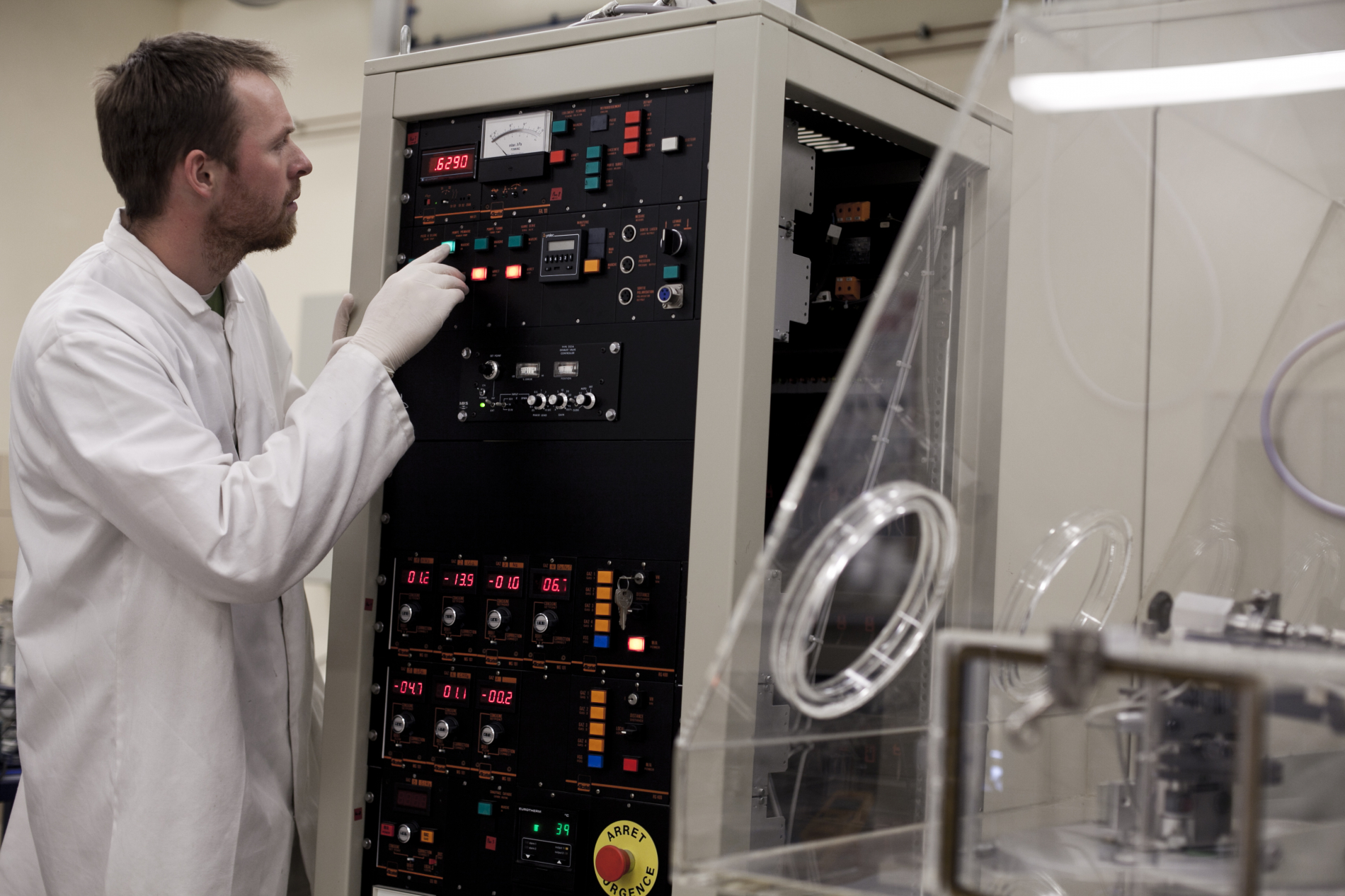Faculty of Electronics, Photonics and Microsystems
Field of study: Electronics and Telecommunications
Language of study: Polish
Level of education: second-cycle studies
Form of studies: full-time
Number of semesters: 3
Professional title awarded after graduation: MSc Engineer
Multimedia presentations of specialisations in the field:
Microsystems, Optoelectronics and Optical Fibre Technology.
Description of the field of study:
Electronics and Telecommunications are fields of science which greatly influence the development of most interdisciplinary structural and industrial solutions, as well as specialized research and scientific equipment (microprocessor control systems for devices; control and mutual communication of individual elements in large systems integrated into local Ethernet networks, development and construction of new research tools along with the analysis of the obtained data).
Tuition in the field of Electronics and Telecommunications is performed with the use of a laboratory and research base unique on a European scale, and by academic teachers with recognized reputation in this field. The study program in the second-cycle studies includes, inter alia, issues related to:
theoretical foundations and modelling of the operation of sensors, actuators and microsystems,
design and modelling of complex electronic, optoelectronic, telecommunications and photovoltaic systems, as well as electromechanical and opto-electro-mechanical microsystems,
advanced technologies of silicon and ceramic microsystems developed with printing techniques etc.; vacuum and plasma techniques, available in the unique technology laboratory at W12N,
developing system software, firmware and programmable logic FPGAs,
basics and perspectives of electronics, materials engineering, fibre optic and laser techniques in telecommunications and industry,
principles of developing miniature analytical microsystems and modern diagnostic techniques used in microsystems and optoelectronics as well as in reliability assurance.
Specialisations:
Students have the opportunity to specialize in the following two areas:
Optoelectronics and optical fibre technology – it focuses on the issues of optoelectronic, photonic and fibre optic techniques in modern electronics, telecommunications and opto-electro-mechanical microsystem technologies used in the macro, micro and nano scale.
Microsystems – focuses on the physical basics, modelling, manufacturing technologies and diagnostics of electromechanical and opto-electro-mechanical microsystems, as well as on the related topics of accompanying systems based on microcontrollers and programmable logic circuits.
Study program:
The current version of the study program is available by clicking the link: plans and study programs.
Employment perspectives:
Designer or leader of project teams dealing with information and communication, optoelectronic and laser systems, diagnostic systems, including medical diagnostics, consumer electronics, research and military devices, with interdisciplinary knowledge in the field of production and application of engineering solutions, as well as in the field of market strategy,
Designer or leader of project teams developing electromechanical and opto-electro-mechanical microsystems or electronic microsystem devices, proficient in microsystem manufacturing techniques, embedded software development and programmable logic circuits,
Employee of research and development departments in the fields of optoelectronics, laser and fibre optic techniques as well as modern diagnostic techniques in electronics and microsystem technology,
Entrepreneur (e.g. start-ups) in the fields of microsystems, optoelectronic and laser systems,
Integrator of electronic and IT systems for e.g. the Internet of Things, Industry 4.0, automotive industry or intelligent infrastructure solutions,
Preparation for 3rd cycle studies and further scientific career at universities in Poland, Europe and around the world.



